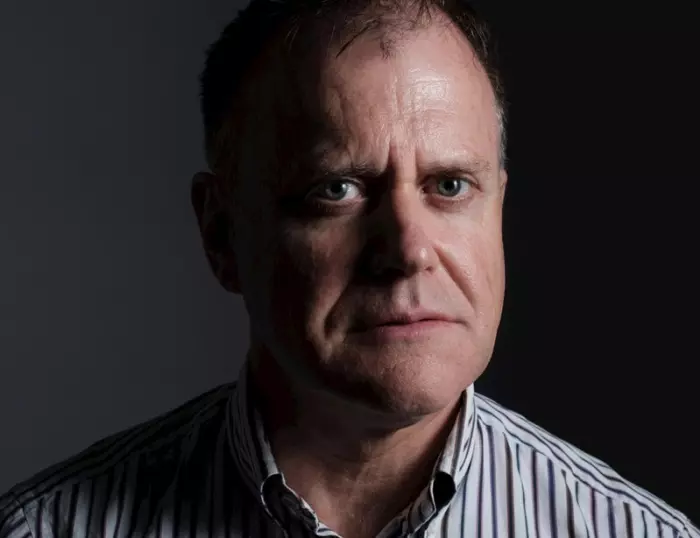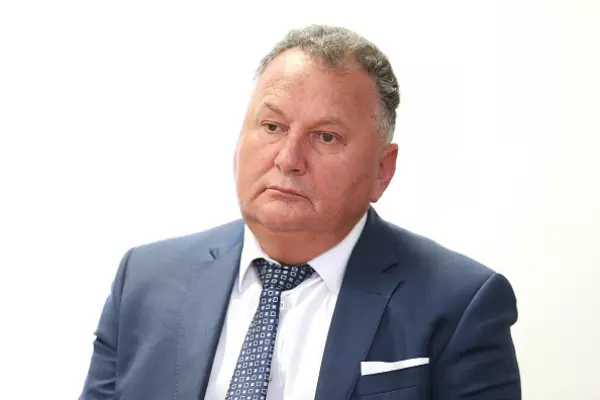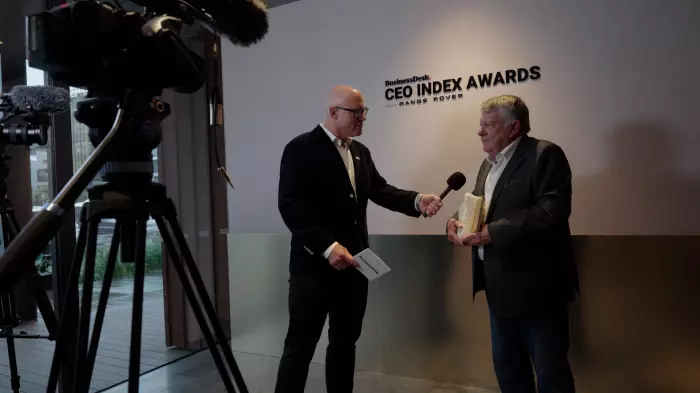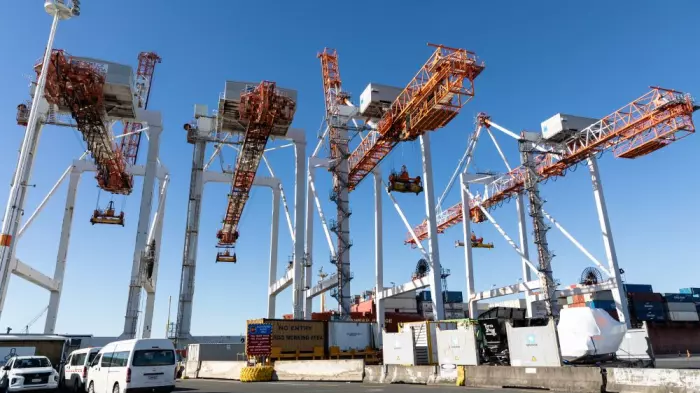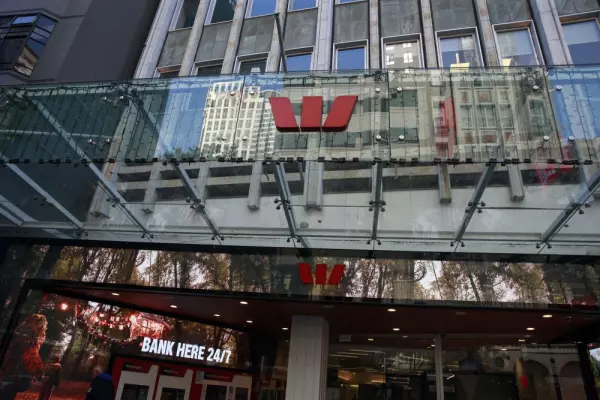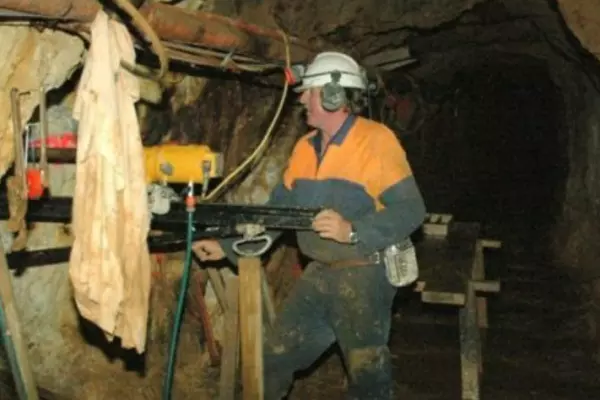A company often has to defend why it's not paying its owners a dividend but Contact Energy’s shareholders wanted to know why the board thought it was a good idea in the current environment.
Chair Rob McDonald had to assure shareholders at the annual meeting on Wednesday why the company was better off paying a dividend rather than investing it elsewhere.
The electricity generator-retailer's board declared a final dividend of 21 cents per share (cps) when reporting the firm's annual result in August, which was paid on Sept 27, taking the annual return to 35 cps, unchanged from the prior year.
McDonald said despite challenging global economic headwinds, Contact continued to deliver solid returns to its shareholders.
“We revised our dividend policy from 80%-to-100% of operating free operating cashflow,” he said.
“The dividend policy allows attractive cash returns to shareholders while maintaining balance sheet flexibility to respond to demand above our communicated 1.7 billion investment programme.”
Contact adopted the dividend policy in 2017, targeting 80%-to-100% of the average operating free cashflow over the preceding four financial years once its debt to earnings ratio fell below a certain level.
That was roughly $274.1 million declared in the the June 2022 financial year was at the lower end of that range at 83% of the average cashflow of the preceding four financial years.
The discussion on dividends policy follows ongoing concerns about what critics call excess profits and dividend payments, focusing on the income statement, rather than cash position, and claiming not enough is being spent on new generation.
Solid year
Chief executive Mike Fuge described the company’s 2022 financial year as a year characterised by a “solid” performance.
He said Contact progressed significant renewable developments in a challenging environment.
The energy retailer reported earnings before interest, tax, depreciation, amoritsation, and fair value adjustments (Ebitdaf) of $537m in the 12 months ended June 30, down 3% on the prior year.
Contact’s confidence
Progress on its geothermal Tauhara development helped the company “confidently” bring forward its Te Huka investment, McDonald said. That included $300m in the 51.4 MW geothermal power station at Te Huka, which will be generating from 2024.
Contact would continue to support government work supporting renewable electricity, including the NZ energy strategy, but McDonald warned the government should carefully consider how potential interventions could impact necessary investment in new generation.
He called the Lake Onslow scheme a “high-risk and expensive option to address the final few percent of a renewable generation” compared other opportunities to decarbonise the country.
“It is a less-than-ideal location and we fear its cost is vastly understated,” he said. “If it proceeds it will have a chilling effect on the robust renewables' investment pipeline we now see.”
Experience with similar but smaller projects than Lake Onslow, such as Snowy River Hydro
in Australia, faced significant cost overruns and delays, he warned.
Contact shares were up 0.7% to $7.55 in mid-afternoon trading.


